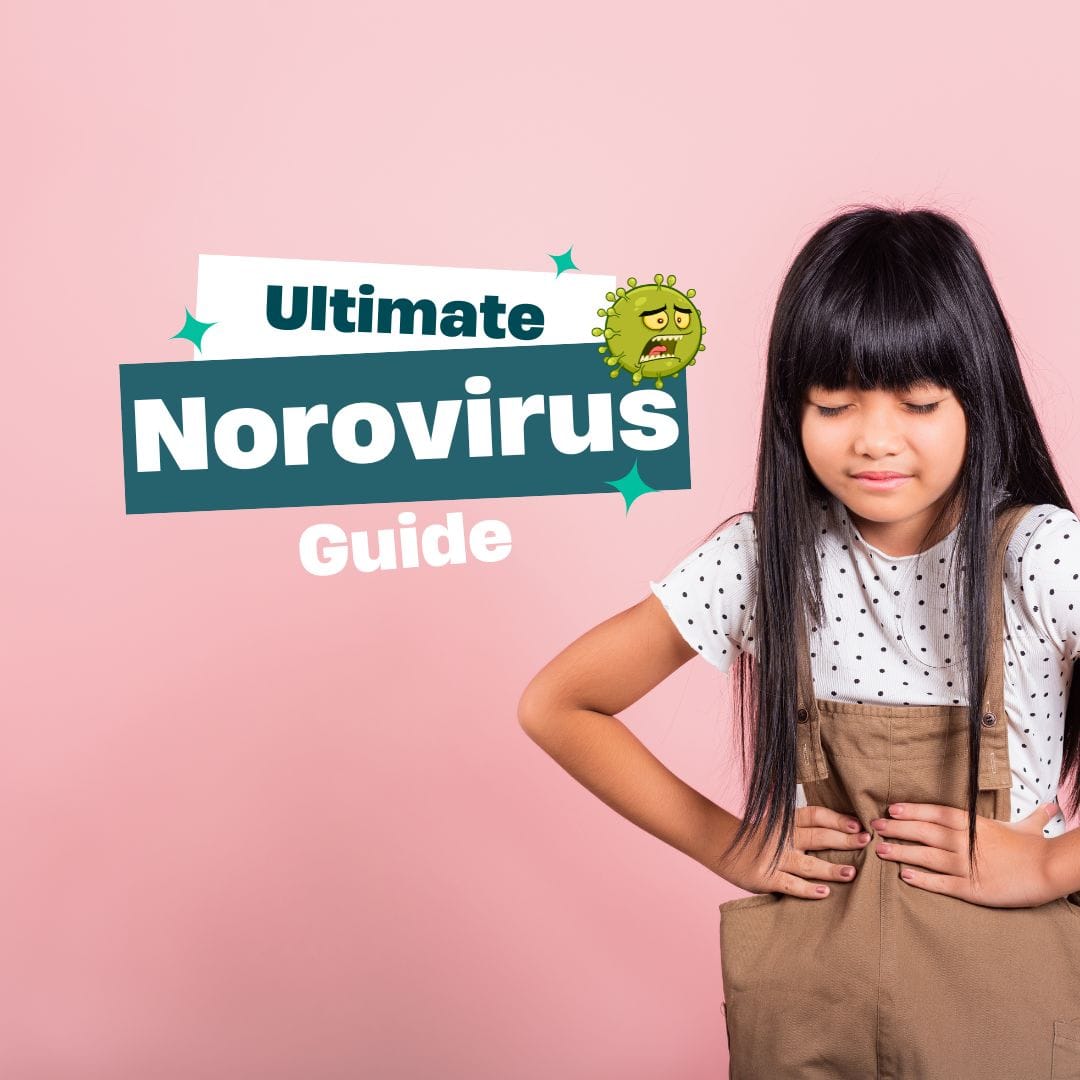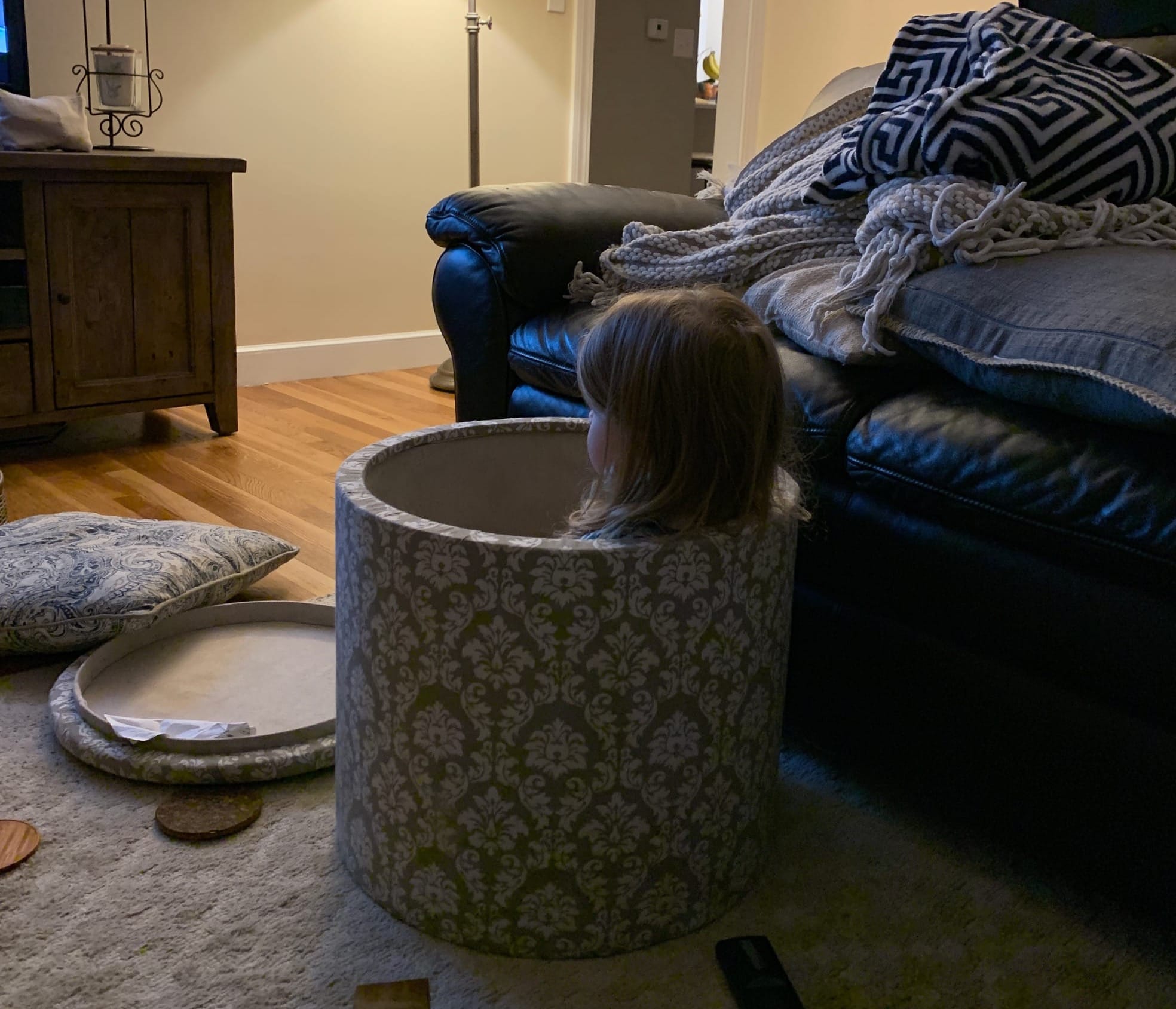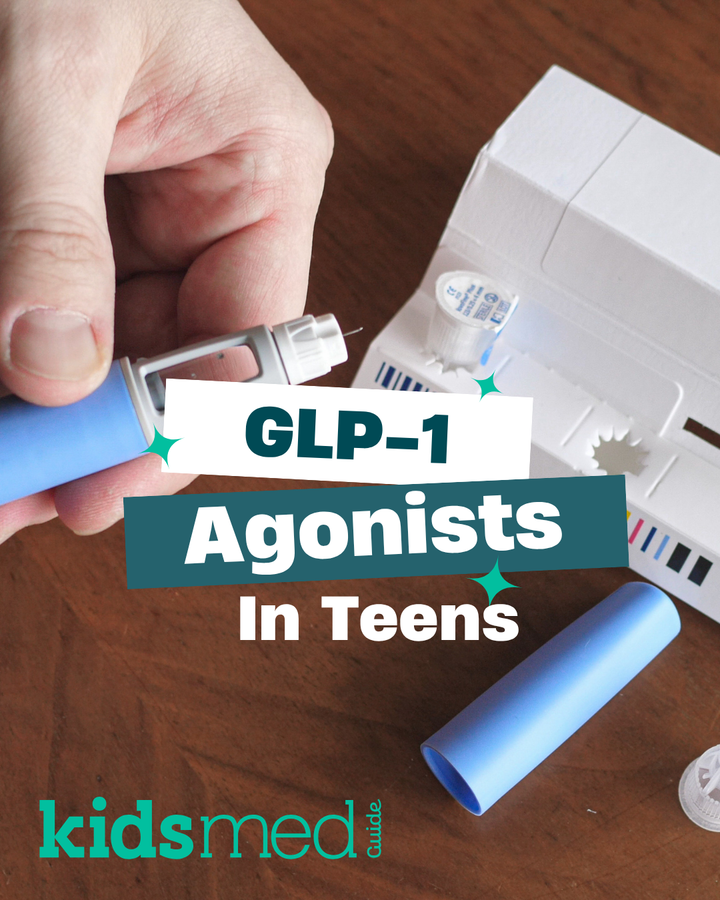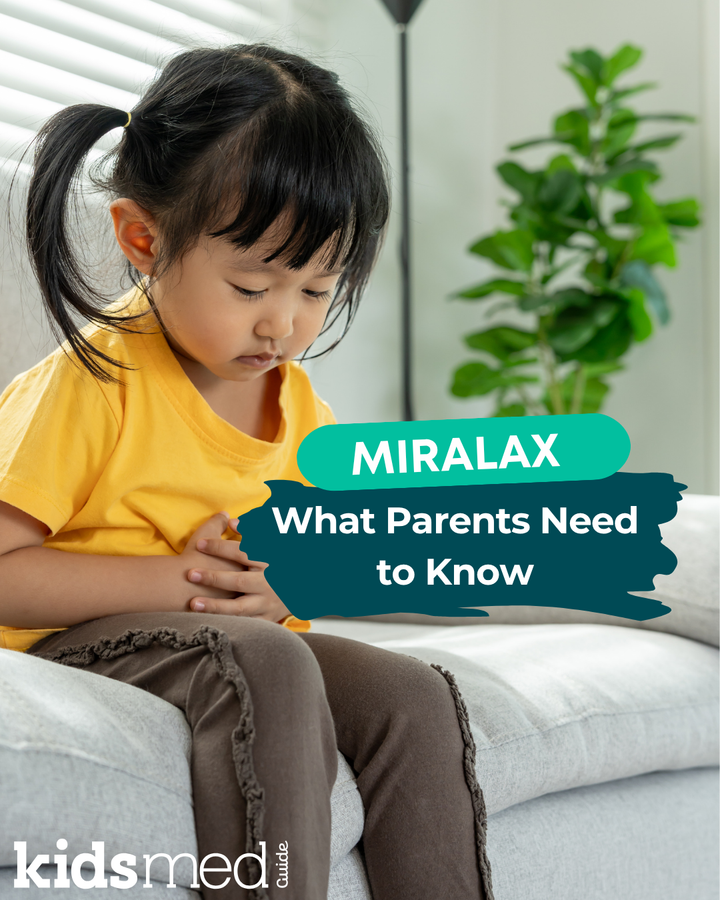Norovirus Prevention and Treatment

December was full of news stories about norovirus outbreaks. Unfortunately, that trend has continued into spring. You'll hear a story about someone being sick with a stomach bug everywhere you go! The 2024-2025 GI illness season is officially one for the books.
What is Norovirus?
Norovirus is a HIGHLY contagious virus that causes gastroenteritis, often called the "stomach flu" or "stomach bug." Gastroenteritis is a medical term that means inflammation of the stomach or intestines. Translated in real people speak, it means puking and pooping misery.
Norovirus is the most common cause of acute gastroenteritis in the United States, affecting millions yearly. Rotavirus is another common cause of gastroenteritis in babies; however, the rotavirus vaccine has significantly lessened the incidence and severity of disease in the U.S.
Symptoms of norovirus typically appear 12 to 48 hours after exposure and last for 1 to 3 days. Vomiting can be intense for the first few hours and then gradually get better. The main symptoms include:
- Nausea and vomiting
- Watery diarrhea
- Stomach cramps
- Mild fever
- Body aches
....And a general sense of misery.
Why is it so contagious? Each episode of vomiting or diarrhea can spread millions of viral particles, and those nasty little buggers are tricky to kill! Additionally, those with norovirus can continue to shed the virus and be contagious for up to three days after symptoms disappear, or even longer if they're immunocompromised. Some people may show no symptoms at all while still being able to spread the virus.
Buckle up if a child in your home gets norovirus. Other family members will likely be affected.
For your viewing pleasure, please enjoy this 2019 photo of my then 3-year-old taking cover in an ottoman and watching Sesame Street until midnight while my 1-year-old and I took turns throwing up every 20 minutes:

Recognizing Dehydration and When to Call the Doctor
Dehydration, or losing too much weight due to decreased fluids, is the main risk of norovirus, especially in young children. Vomiting and diarrhea, plus the inability to drink liquids and eat, can lead to dehydration. Monitoring your sick kids closely and doing your best to prevent and treat dehydration is essential.
Here are some tips to help you monitor your child's hydration status at home:
Normal hydration
- Urine:
- Kids should urinate more than 4 times daily or at least every 6 hours.
- Babies should have a nice, full, wet diaper at least every 4-6 hours.
- Urine should be clear or light yellow.
- Mouth: Moist tongue and mouth.
- Tears: Normal tear production.
- Behavior: Alert, happy, and playful. Older kids should be acting like themselves.
- Able to drink fluids and eat a regular diet with no concerns.
Signs of dehydration
- Urine:
- Less than four urination episodes per day.
- Less than 4-6 wet diapers per day.
- Dark yellow or concentrated urine.
- Mouth: Dry or sticky tongue.
- Tears: Fewer tears.
- Behavior: Fussy, tired, or irritable, but still arousable.
- Fontanelle (in babies): May appear slightly sunken. Contact your pediatrician if the soft spot is sunken.
- Eyes: May appear sunken in.
Treatment: Mild dehydration is often manageable at home. However, you should call the pediatrician for guidance on assessing dehydration status and reviewing your treatment plan. Your doctor can help you determine how dehydrated your child is and whether they need medical attention or home care.
Please note that dehydration in babies can get serious very quickly, so for the littlest babies, seek guidance as soon as you notice dehydration or signs of norovirus. A doctor should see babies under 6 months or with low birth weight.
Emergency warning signs of dehydration or gastroenteritis complications
- Urine Output: No urine output
- Awareness: Confusion, altered mental status
- Behavior: Lethargic, weak, or excessively irritable. Uncontrollable crying.
- Not arousable
- Difficulty standing or dizziness
- Color: appearing blue or purple around the mouth
- High fever over 104°F or fever lasting several days
- Rapid breathing or rapid heart rate, weak pulses
- Poor perfusion: If you press on fingernails, they should return to their normal color right away. If there is a delay, the patient may have poor perfusion.
- Bile or blood in vomit
- Blood in stool
- A petechial rash has many small purple spots that don't whiten when pressed on
- Significant vomiting or diarrhea in infants under 6 months of age
Action: Call your child's doctor immediately or seek emergency medical care. A child who appears blue or mottled, is rapidly breathing, has rapid or weak pulses, is not able to be aroused, or has blood in their vomit is a true emergency, and 911 emergency services should be called.
Key point:
Dehydration can escalate quickly, especially in babies. You don't need to be scared, but you should be aware! Recognizing the early signs of mild dehydration and seeking guidance or providing treatment early on will hopefully prevent an escalation to severe dehydration. Always call a doctor if you're unsure.
The good news is that most children do just fine with norovirus or other gastroenteritis illnesses and only suffer from mild dehydration. They can be treated safely at home and recover quickly.
Sometimes, even with caregivers' best efforts, children can't keep down fluids, and moderate-severe dehydration settles in. These kids might need to be admitted to the hospital for intravenous fluids and professional medical support.
How to Provide Supportive Care
We talked a lot about recognizing norovirus and dehydration and how severe it might be. But how do you prevent or treat it?
Unfortunately, there's no specific medicine to treat norovirus. You have to do your best to rehydrate your child and wait for vomiting, diarrhea, and nausea to subside. Keep the following tips in mind:
- Rest: Ensure your child gets plenty of sleep and relaxation to help their body fight the virus. They'll feel run down.
- Hydration: Offer plenty of fluids to prevent dehydration. See below for details, but start slow and offer small volumes of liquid frequently.
- Food: Once vomiting subsides, introduce small amounts of food. Initially, avoid sugary, greasy, or fried foods.
- Medications: Don't give any medications unless recommended by your healthcare provider. Antibiotics are ineffective against viruses like norovirus.
The American Academy of Pediatrics (AAP) recommends oral rehydration therapy (ORT) as the preferred treatment for mild dehydration. Solutions available at the store, such as Pedialyte®, are excellent. Half-strength apple juice may also work for mild dehydration or prevention, which could be a good option if your child refuses the Pedialyte®.
This guide was published on the AAP's website, and it has specific and detailed plans for rehydrating your child based on their age; it's worth a look! https://bit.ly/4044hb1
In general, rehydrate in small amounts after vomiting episodes. You want to keep your child hydrated but not overwhelm their delicate stomach with too much fluid if they are still vomiting and nauseous.
Check out the AAP guide linked above for specifics, but here is a general synopsis:
- Breastfed babies should have 5-10 mL of pumped breastmilk or be nursed for about 5 minutes every 30-60 minutes. Once 4 hours pass with no vomiting, double feeding time/volume for four more hours until resuming the regular schedule.
- Formula-fed babies should have 5-10 mL of ORT, like Pedialyte®, every 5 minutes. Once 4 hours pass without vomiting, double the volume for four more hours. Babies should receive about 8 hours of ORT therapy. If you don't have ORT in the house, use formula to avoid dehydration.
- Children and teens: slowly sip on an ORT like Pedialyte® in small increments every few minutes, and continue for about 8 hours after vomiting ends. An ORT is best because the composition of water, sugar, and electrolytes is correct for treating dehydration. If ORT is not tolerated in mild dehydration cases, you can consider trying half-strength apple juice or broth. A sports energy drink like Gatorade® may also work in a pinch if your child does not accept an ORT.
Kids Med Guide tip: Pedialyte® tastes a little better cold, so try adding ice cubes or refrigerating it. Pedialyte® also makes popsicles, which are great for reluctant children to drink! I highly recommend this.
Wait to introduce food until about the 8-hour mark. Avoid sugary or greasy foods or things that may harm the stomach. Stick with bland, starchy stuff like bread, crackers, and soup! Keep going with water and Pedialyte® to keep recouping those fluids. It can take a while to get over mild dehydration from norovirus.
Prevention and Cleaning Tips
Here's the bad news. Norovirus is tough to kill. Especially when kids are involved because they are not good at controlling their vomit. Projectile vomit all over your living room rug is a doozy!
To prevent norovirus spread:
- Handwashing: Teach thorough handwashing with soap and water for at least 20 seconds. Alcohol-based hand sanitizer does not kill norovirus.
- Home cleaning: Regularly disinfect surfaces with a diluted chlorine bleach solution.
- If possible, use latex or similar gloves when cleaning up infected vomit or diarrhea. Dispose of gloves and paper towels immediately after each cleaning session. Wash your hands well after each cleaning session.
- For hard surfaces, use a solution of 1 cup of regular-strength bleach mixed with 1 gallon of water. You can make this solution at home or buy it commercially. Just be sure to read the label for the concentration and whether it is effective against norovirus.
- Bleach may not be an option for soft surfaces like rugs or couches (again because kids can't control where they vomit). Afterward, wipe up the mess with paper towels and lots of water. Consider steam cleaning.
- Laundry: Wash contaminated clothing and bedding in hot water with detergent, using the most extended wash cycle. Machine dry on high heat.
- Food safety: Wash fruits and vegetables thoroughly and cook shellfish completely. People who are actively sick should avoid cooking for others. This is hard when the ill person is the adult caregiver! Wash hands well and use gloves.
- Isolation: Guidelines vary on this. Many schools say kids can go back once vomit-free for 24 hours; however, know that folks can be contagious for up to 3 days after symptoms subside.
Conclusion
If your child gets norovirus, you should just move out. Kidding!! Kidding, kidding, kidding. We've had it run through the house so often that I feel I've earned my norovirus stripes. My husband seems particularly prone to it. Between him and the kids, we battle this at LEAST once a year. I have to laugh about it, or I'll cry.
If your child gets norovirus, watch their hydration status closely. Offer plenty of rest, gradually introduce fluids like Pedialyte® and then bland, easy foods as described above. Clean with hand washing and a diluted bleach solution when possible. Be prepared for other family members to catch it, as it's very contagious, and even with the best hygiene and prevention practices, this is a tricky one to beat.
The following references were used to compile this information:
CDC. (2024, June 3). About Norovirus. Norovirus. https://www.cdc.gov/norovirus/about/index.html
Hartman, S., Brown, E., Loomis, E., & Russell, H. A. (2019). Gastroenteritis in Children. American Family Physician, 99(3), 159–165.
Kannikeswaran, N. (2024). Dehydration. Pediatric Care Online. https://doi.org/10.1542/aap.ppcqr.396249
Norovirus (for Parents). (n.d.-a). Retrieved December 16, 2024, from https://kidshealth.org/en/parents/norovirus.html
Symptomviewer. (2017, June 24). HealthyChildren.Org. https://www.healthychildren.org/English/tips-tools/symptom-checker/Pages/symptomviewer.aspx?symptom=Vomiting%20With%20Diarrhea&_gl=1*1777az6*_ga*MTk3NDc2NDM2MC4xNzM0MzcxODI3*_ga_FD9D3XZVQQ*MTczNDM3MTgyNi4xLjAuMTczNDM3MTgzNC4wLjAuMA..
Tips for Cleaning Up and Disinfecting After Norovirus. (n.d.). Cleveland Clinic. Retrieved December 16, 2024, from https://health.clevelandclinic.org/how-to-clean-up-after-norovirus


